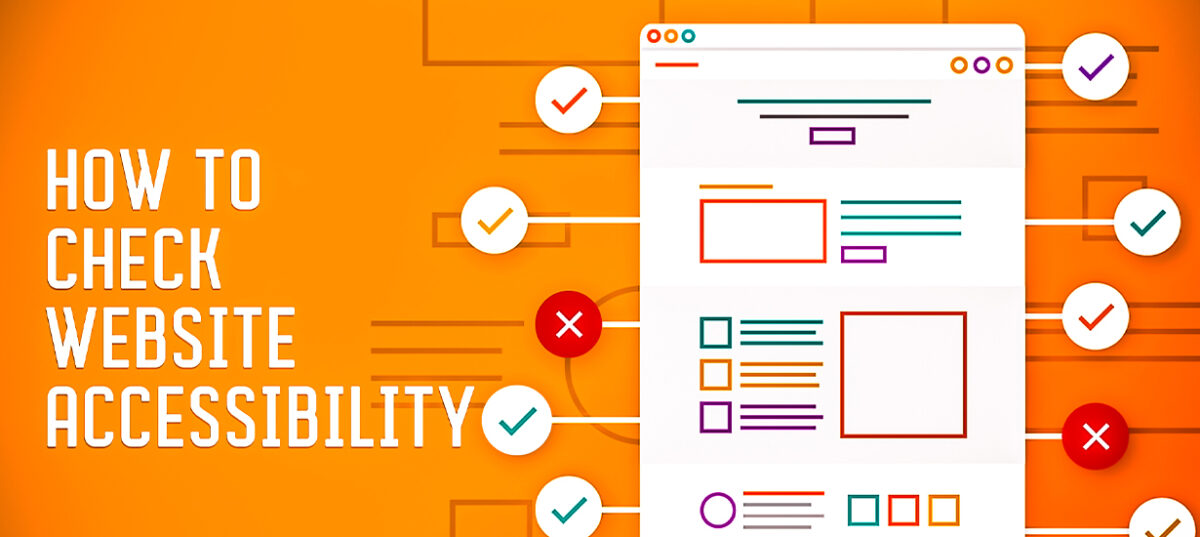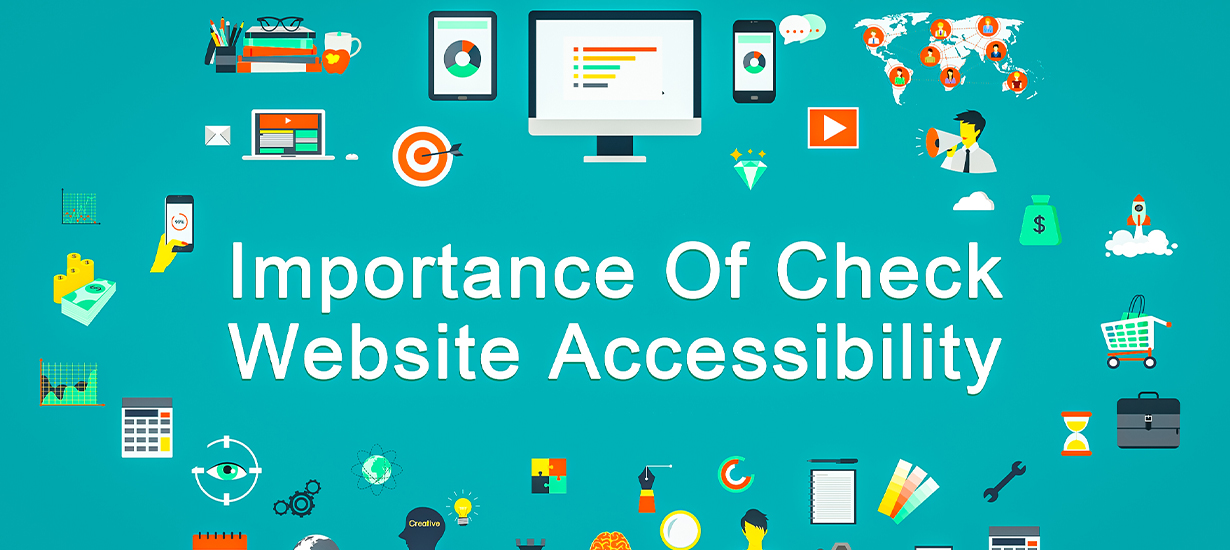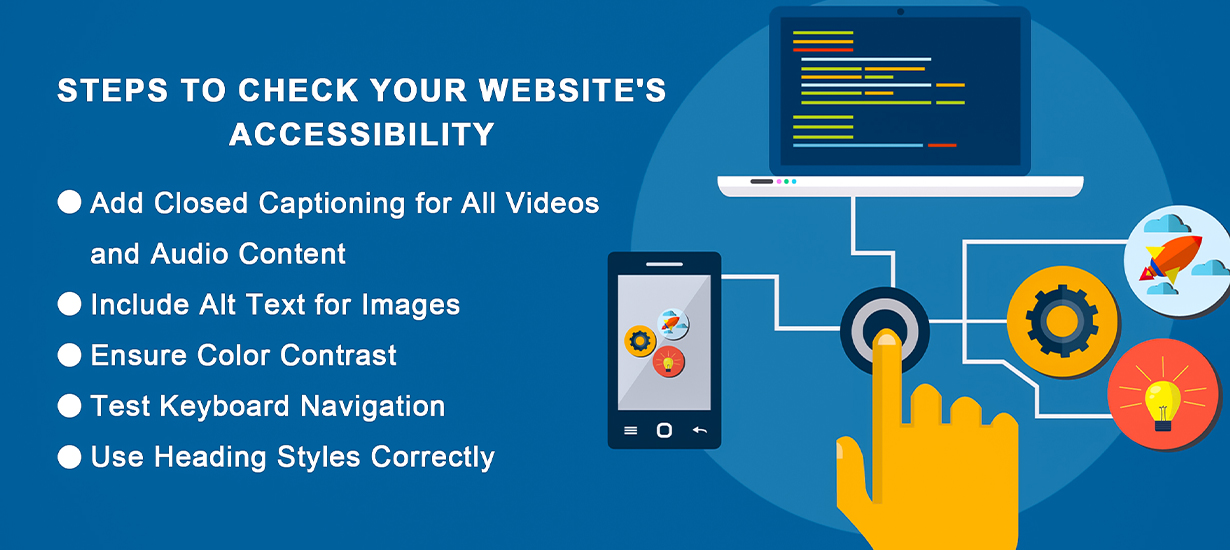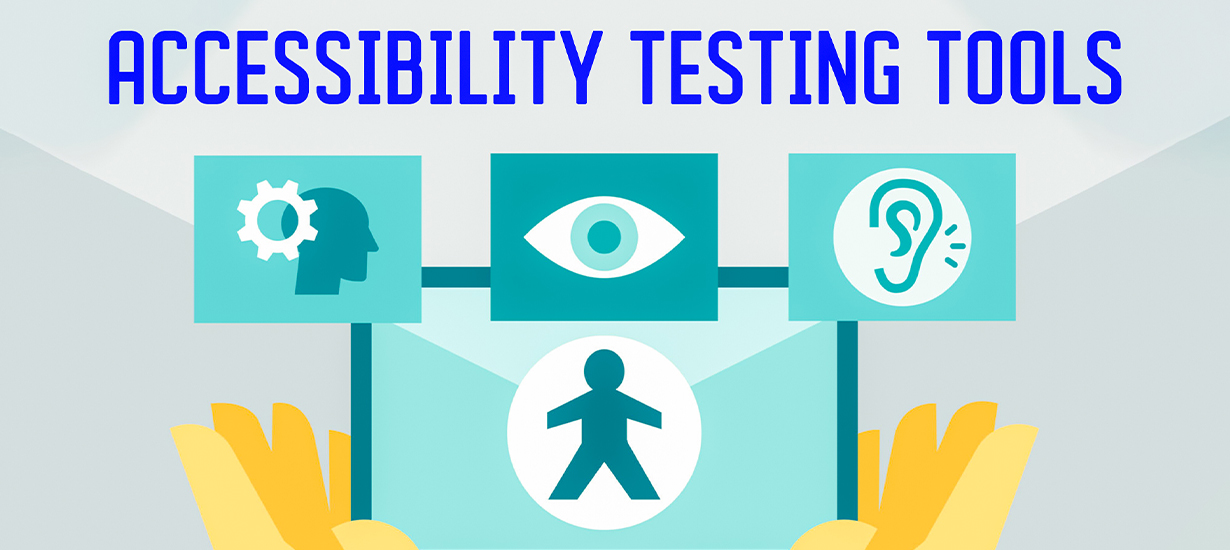The search engine is where people can ask any query for which they need a solution. Each queries are known as a keyword.
Keyword types can be short-tail, long-tail, geo-targeted, and many more. Mastering these attracts the right audience, boosts SEO, and enhances ad performance. Regular research and adaptation to trends ensure ongoing digital success.
In this blog post, we’ll learn the 21 types of keywords to improve your SEO. Discuss how keywords can help develop your SEO strategy so that your content draws more traffic to your website.
Types of Keywords: 21 Key Various Categories

In SEO, a keyword pinpoints your content's core, guiding search engines to you and connecting with potential customers. Master the right keywords to boost your brand's visibility and drive organic traffic.
Short-Tail Keywords
Short-tail keywords are an important factor in search engine optimization (SEO). They help businesses attract more visitors to their websites. The ability to effectively use these keywords can greatly impact your web presence.
Definition
Short-tail keywords are brief and to the point. They usually consist of one or two words.
- Length: 1-2 words
- Purpose: Capture broad search queries
Example
An example of a short-tail keyword is "Cycling gear."
- Topic: Relates to a broad category
- Search Intent: General interest in cycling products
Advantages
Short-tail keywords come with several benefits. They can attract a lot of attention because many people search for them.
- High Search Volume: Attract numerous searches
- Broad Reach: Cover a wide audience
- Competitive Nature: Many businesses want to rank for these keywords
Best Use
Using short-tail keywords effectively can help with brand awareness. They are best used in campaigns aiming to introduce and establish your brand.
- Awareness Campaigns: Great for getting noticed
- Brand Recognition: Helps in getting your brand name out there
- Traffic Generation: Brings more visitors to your site
Long-Tail Keywords
SEO strategies should include long-tail keywords. They are phrases that usually have three or more words. These keywords are more specific and often have less competition. Let's dive into what makes long-tail keywords unique in digital marketing efforts.
Definition of Long-Tail Keywords
Long-tail keywords are made up of several words, making them more detailed than short, one-word keywords. Because they are specific, they can help your website stand out.
- Example: Instead of using a broad keyword like "SEO tools," a long-tail keyword would be "best SEO tools for small businesses."
Advantages of Long-Tail Keywords
Using long-tail keywords can give you several benefits. You can reach a more targeted group, which means people who are more likely to be interested in what you offer.
- Higher Conversion Rates: When users search with specific phrases, they often know what they want. This means they are more ready to take action, like making a purchase or signing up for a newsletter.
- Attracts Niche Audiences: Long-tail keywords can help you connect with a specific group of people who are interested in your unique content or product.
Best Use of Long-Tail Keywords
Long-tail keywords are best used when you want to focus on specific user intents and queries. They help you match what people are searching for with what you offer.
- Target-Specific User Intents: When you know what your user base is looking for, you can create content that directly answers their questions or meets their needs.
- Improve Search Rankings: Since long-tail keywords often have lower competition, they can help your website achieve higher rankings.
Exact Match Keywords
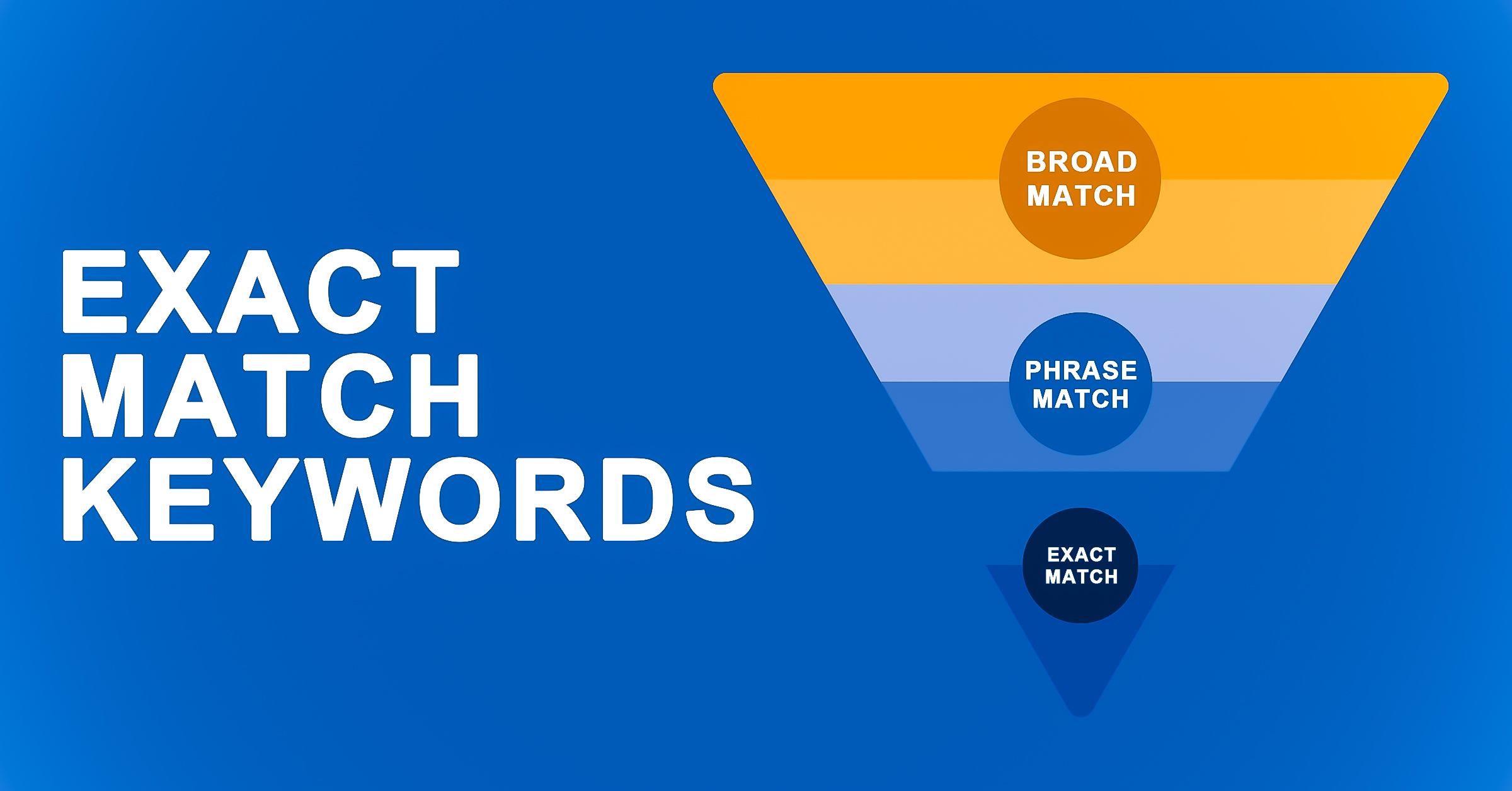
It is important to use exact-match keywords in digital marketing. They allow advertisers to target their audience with precision. Let's dive into what they are and how they can benefit your marketing strategy.
What Are Exact Match Keywords?
Exact match keywords are search terms that exactly match what a user types into a search engine. These keywords ensure that your ad or content appears only when someone searches for that exact phrase.
- Example: If you use the exact match keyword "buy SEO software," your ad will show up only when someone types that exact phrase.
Advantages of Exact Match Keywords
Using exact match keywords can offer a number of benefits. They help in connecting with the right audience and ensuring your message is relevant.
Key Advantages:
- High Relevance: Your ads or content appear only for searches that match exactly, ensuring they meet the user's intent.
- Precision Targeting: They help capture a specific market, which can lead to higher conversion rates.
Best Use of Exact Match Keywords
Exact match keywords are particularly effective in certain marketing strategies. They are most useful when you want to reach an audience with clear intent. Ideal Usage
- Paid Search Campaigns: They are perfect for ads where you want to capture traffic with a specific search intent.
- Intent-Driven Traffic: By using exact-match keywords, you can attract visitors who are more likely to be curious about your product or service.
Broad Match Keywords
Broad-match keywords are an essential part of digital marketing strategies. They cover variations of a keyword, including synonyms and related phrases, to maximize visibility. Let's explore what broad match keywords are, their advantages, and the best ways to use them.
What are Broad Match Keywords?
Broad match keywords allow your advertisements to appear for searches that are similar but not identical to your chosen keywords. This includes synonyms, variations, and even related concepts.
- Example: If you bid on the keyword "SEO tools," your ad might also show up for searches like "digital marketing software" or "SEO solutions."
Advantages of Broad Match Keywords
Using broad match keywords can be highly beneficial, especially if you're looking to increase your visibility online. Here are some key advantages:
- Maximum Visibility: They allow your ads to reach a more extensive audience by covering a wider range of search terms.
- Cost-Effective: Often, they bring in more traffic for less money, as you're targeting general terms that attract a larger audience.
- Data Gathering: They help collect valuable search data that can inform your future keyword strategies.
Best Use for Broad Match Keywords
Broad-match keywords are particularly useful in the early stages of a marketing campaign. Here's how you can best use them:
- Initial Discovery: Use them at the beginning of your campaign to discover which search terms bring in the most traffic.
- Testing Ideas: Experiment with different keyword variations to see what works best for your product or service.
- Expanding Reach: When you want to introduce your brand to new audiences, broad-match keywords are a great tool to cast a wide net.
Phrase Match Keywords

Phrase-match keywords are an essential tool in online marketing, helping businesses connect with the right audience. Let's explore what they are, their advantages, and how to use them effectively.
What Are Phrase Match Keywords?
Phrase match keywords are specific phrases used in search queries that appear in the exact order but can have other words before or after them.
- Example: If you bid on "SEO tools," your ad might appear for searches like "affordable SEO tools for businesses."
Advantages of Phrase Match Keywords
Using phrase-match keywords can offer several benefits:
- Flexibility: They allow your ads to appear for a range of searches, broadening your reach.
- Relevance: While they provide some flexibility, the core phrase remains, keeping the search relevant to your business.
- Balance: They strike a good balance between broad match (which can be too wide) and exact match (which can be too narrow).
These advantages help ensure that your marketing efforts are both efficient and effective.
Best Use of Phrase Match Keywords
Phrase-match keywords are best used when targeting specific yet flexible search queries. This means you can attract the right users without missing out on potential variations of search terms.
- Use Case: If you're targeting people looking for SEO tools, phrase match keywords can catch those searching for related terms like "best SEO tools" or "SEO tools for beginners."
LSI (Latent Semantic Indexing) Keywords
Keywords are the backbone of successful content creation and search engine optimization (SEO). Among the different types of keywords, LSI (Latent Semantic Indexing) keywords are crucial to making content more relevant and contextually rich.
What Are LSI Keywords?
An LSI keyword is a term related to your main content topic. Your content's context can be better understood by search engines, which can improve your SEO ranking.
- Example: If your main keyword is "SEO tools," LSI keywords might include "search engine optimization software" and "online marketing tools."
Advantages of Using LSI Keywords
Incorporating LSI keywords into your content can bring several benefits:
- Increased Relevancy: LSI keywords help your content appear more relevant to search engines.
- Context Clarity: They provide a clearer understanding of the topic to search engines, improving your chances of ranking higher.
- User Engagement: By covering a range of related topics, your content can meet a broader range of user queries.
Best Use of LSI Keywords
For optimal results, LSI keywords should be used thoughtfully within your content. Here’s how:
- Content Optimization: Integrate LSI keywords naturally to enhance the depth and breadth of your content.
- Topic Coverage: Use them to cover related topics, ensuring your content remains comprehensive and informative.
Branded Keywords
Branded keywords are a key part of digital marketing. They help people find your business or product online. These keywords are important because they show that customers know your brand and are looking for it specifically.
Definition of Branded Keywords

The name of your business or product is included in branded keywords. They are unique to your brand and help direct search traffic to you. For example, if your company is Ahrefs and you offer SEO analysis, a branded keyword would be "Ahrefs SEO analysis."
Advantages of Using Branded Keywords
Using branded keywords offers several benefits:
- Brand Recognition: They help in building and maintaining brand awareness among your audience.
- Customer Loyalty: These keywords attract customers who are already familiar with your brand, indicating customer loyalty.
- Higher Conversion Rates: Brand-aware customers are more likely to purchase.
- Cost-Effective: Targeting branded keywords in ads can be less expensive than non-branded keywords due to less competition.
Best Uses for Branded Keywords
Branded keywords work best in certain situations:
- Brand Recognition Campaigns: Use them in campaigns that aim to increase your brand’s visibility and awareness.
- Protecting Brand Identity: Implement them in paid search strategies to safeguard your brand from competitors who might bid on your branded terms.
- Customer Targeting: Use them to capture searches from potential customers who are already interested in your brand or products.
Non-Branded Keywords
Non-branded keywords are essential tools in digital marketing. Businesses can reach a wider audience by focusing on general product categories rather than specific brand names.
What Are Non-Branded Keywords?
The term non-branded refers to a term without a brand name associated with it. They are used to target users who are searching for products or services without a specific brand in mind.
- Example: Instead of using "Nike running shoes," a non-branded keyword would be "running shoes for women."
Advantages of Non-Branded Keywords
Using non-branded keywords can be beneficial for businesses looking to expand their reach. Here are some reasons why:
- Broader Audience: These keywords attract people interested in a product category rather than a particular brand.
- Increased Visibility: They help improve search engine rankings for general searches, making your products more discoverable.
- Competitive Edge: Non-branded keywords allow smaller brands to compete with larger companies by focusing on product qualities instead of brand reputation.
Best Use of Non-Branded Keywords
Non-branded keywords work best in strategies focused on product discovery. Here's how to make the most of them:
- SEO (Search Engine Optimization): Optimize your website content with these keywords to appear in search results when users search for specific products.
- SEM (Search Engine Marketing): Use these keywords in paid advertising campaigns to target potential customers who are exploring their options.
- Content Creation: Write blog posts and articles about general topics related to your products to attract users interested in learning more.
Commercial Keywords
Commercial keywords play a significant role in online marketing. They show a user’s intention to buy something, making them very effective for businesses looking to sell products or services.
What Are Commercial Keywords?
Commercial keywords are specific words or phrases that indicate a user wants to make a purchase. These keywords are often used in paid search campaigns.
- Example: "Buy SEO software online"
Advantages of Commercial Keywords
Commercial keywords are powerful because they target users who are ready to buy. This means they can lead to more sales and a higher return on investment.
- High Conversion Potential: When people search with commercial keywords, they are usually ready to make a purchase. This increases the chance of converting a search into a sale.
- Targeted Audience: These keywords help you reach people who are specifically looking for what you offer.
Best Use Cases for Commercial Keywords
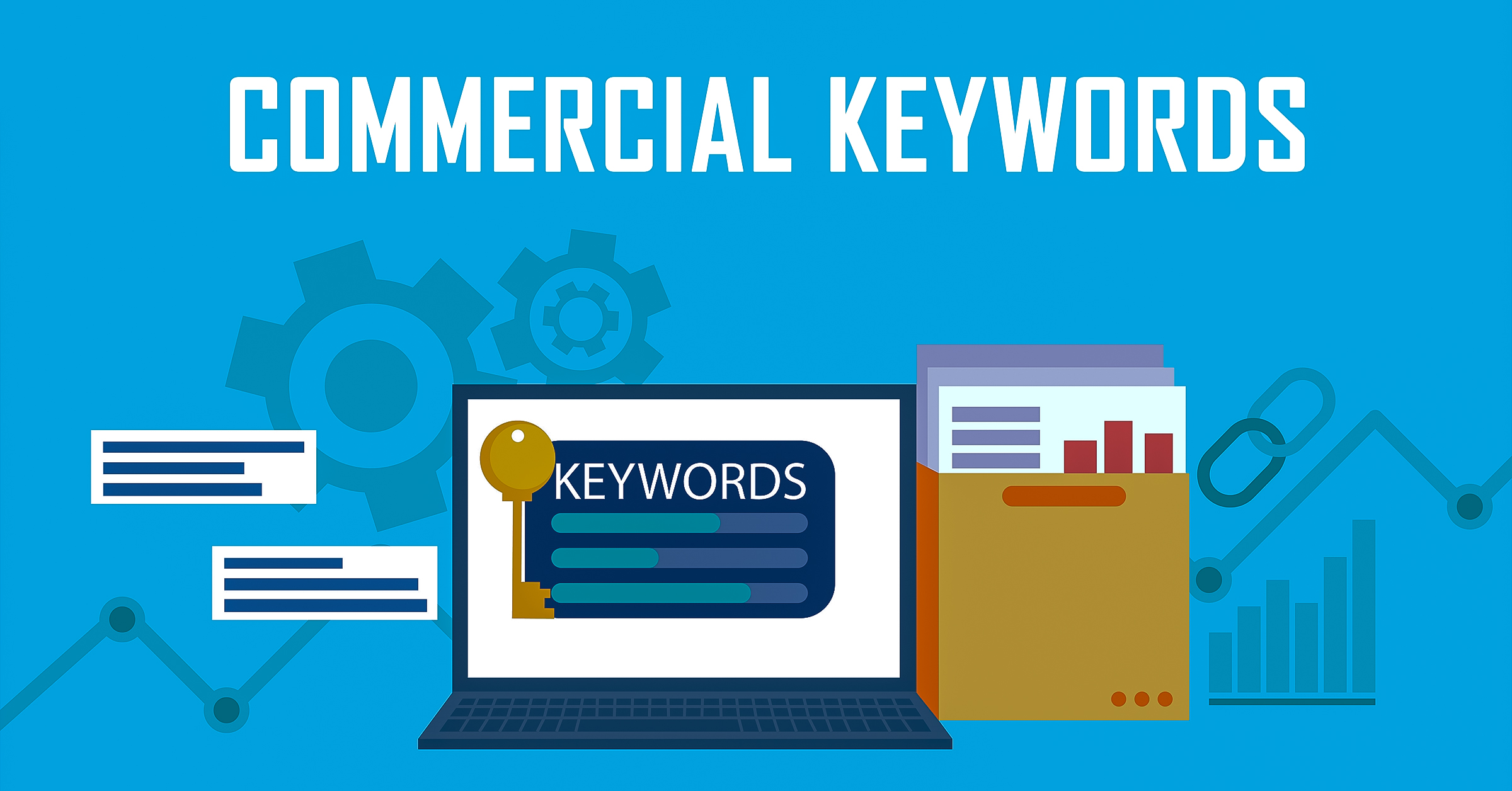
For commercial keywords to be effective, it's important to use them in the right places. They are most effective in the following scenarios:
- E-commerce Websites: Use commercial keywords to attract customers who are ready to buy your products.
- Product-Focused Campaigns: If you are running ads or promotions for specific products, these keywords can help drive interested buyers to your site.
Transactional Keywords
When you search online, keywords guide what you find. Transactional keywords are special because they show someone is ready to act, like buying a product or signing up for a service. Let's explore these keywords and see why they're important.
What Are Transactional Keywords?
Transactional keywords are words or sentences people use when they're ready to make a decision. These keywords usually include words like "buy," "order," or "sign up." They show the user wants to do something specific.
- Example: "Sign up for SEO services"
- Purpose: To capture users who are ready to convert
Advantages of Using Transactional Keywords
Using transactional keywords can be very beneficial. Here's why they are advantageous:
- Capture Ready Users: They attract people who are close to making a purchase or committing to a service.
- Increase Conversions: By targeting these keywords, businesses can increase their chances of making sales or getting sign-ups.
Best Use of Transactional Keywords
When it comes to transactional keywords, it's important to know where to use them. Here's how you can use them effectively:
- PPC (Pay-Per-Click) Campaigns: These keywords work great in ads, helping to drive sales directly from search results.
- Sales-Focused Content: Use them in product descriptions and sales pages to encourage quick decisions.
Informational Keywords
Informational keywords are essential to online content. These keywords help people find answers to their questions. Knowing how to use them can make your content more valuable and trusted.
What Are Informational Keywords?
Informational keywords are words or phrases people use when they want to learn something. They aren't looking to buy anything right away. Instead, they want to gather information on a topic.
- Example: "How to choose the right SEO software."
Why Use Informational Keywords?
Using informational keywords has many benefits:
- Builds Authority: When you provide helpful information, people see you as an expert.
- Adds Value: It helps your audience without trying to sell them something.
- Increases Traffic: More people will visit your site to find answers to their questions.
Where to Use Informational Keywords
These keywords work best in places where people look for information:
- Blog Posts: Answer common questions in your articles.
- FAQs: Identify and answer frequently asked questions.
- Educational Content: Develop guides or tutorials that teach something new.
Navigational Keywords
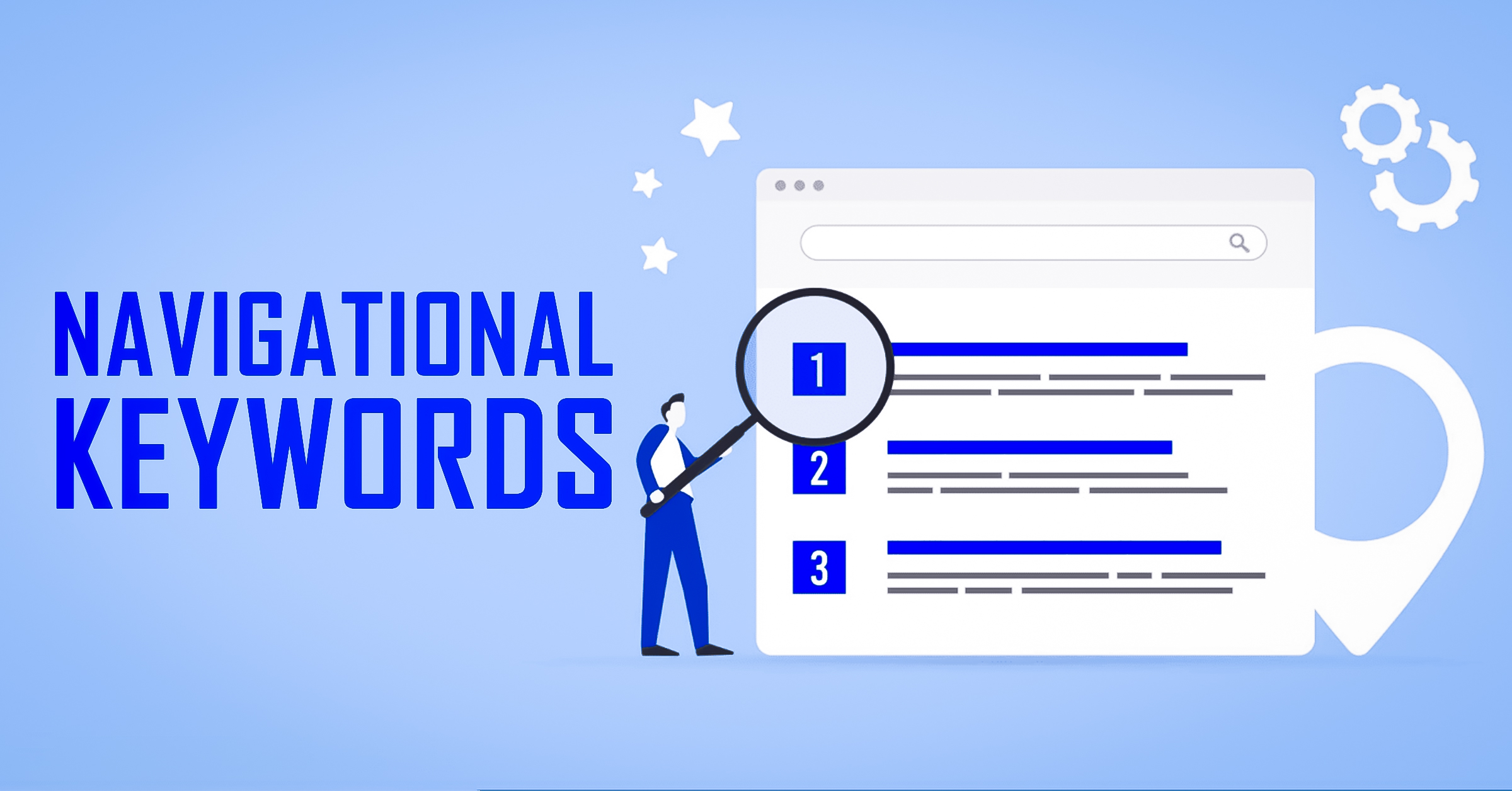
Navigational keywords are an important part of how people search for information online. They help users find specific websites or pages they're looking for.
What Are Navigational Keywords?
Navigational keywords are words that people type into a search engine when they want to go to a particular website or page.
- Example: If someone types "Google Analytics login," they are using a navigational keyword to find the login page for Google Analytics.
Advantages of Navigational Keywords
Navigational keywords have several benefits:
- Direct Path: They guide users directly to the known destination, saving time.
- Brand Recognition: Often used in branded searches, brand recognition helps users who already know what brand or website they want to visit.
- User Convenience: Simplify the process for users who remember the site they need but not the exact URL.
Best Uses of Navigational Keywords
Navigational keywords are best used in situations like:
- Branded Searches: When someone looks for a specific company or brand online.
- Website Navigation: Helping users find a particular page within a large site, like a login page or contact page.
Geo-Targeting Keywords
Geo-targeting keywords are essential for businesses aiming to connect with local customers. By including specific locations in your keywords, you can effectively target a geographic area.
What Are Geo-Targeting Keywords?
Geo-targeting keywords are search terms that contain a location. They help businesses reach people in specific areas.
- Definition: Keywords with a location to target specific geographic areas.
- Example: "SEO services in San Francisco"
Advantages of Geo-Targeting Keywords
Using geo-targeting keywords can greatly benefit businesses. They help attract the right audience looking for services or products nearby.
- Local Attraction: Draws in local customers.
- Higher Relevance: Matches search intent for location-specific queries.
- Competitive Edge: Helps stand out in local search results.
Best Use of Geo-Targeting Keywords
To make the most of geo-targeting keywords, use them wisely. They are particularly effective for local SEO efforts.
- Local SEO: Ideal for small businesses and services.
- Service Areas: Highlight specific locations you serve.
- Content Optimization: Include titles and meta descriptions for better search visibility.
Seasonal Keywords
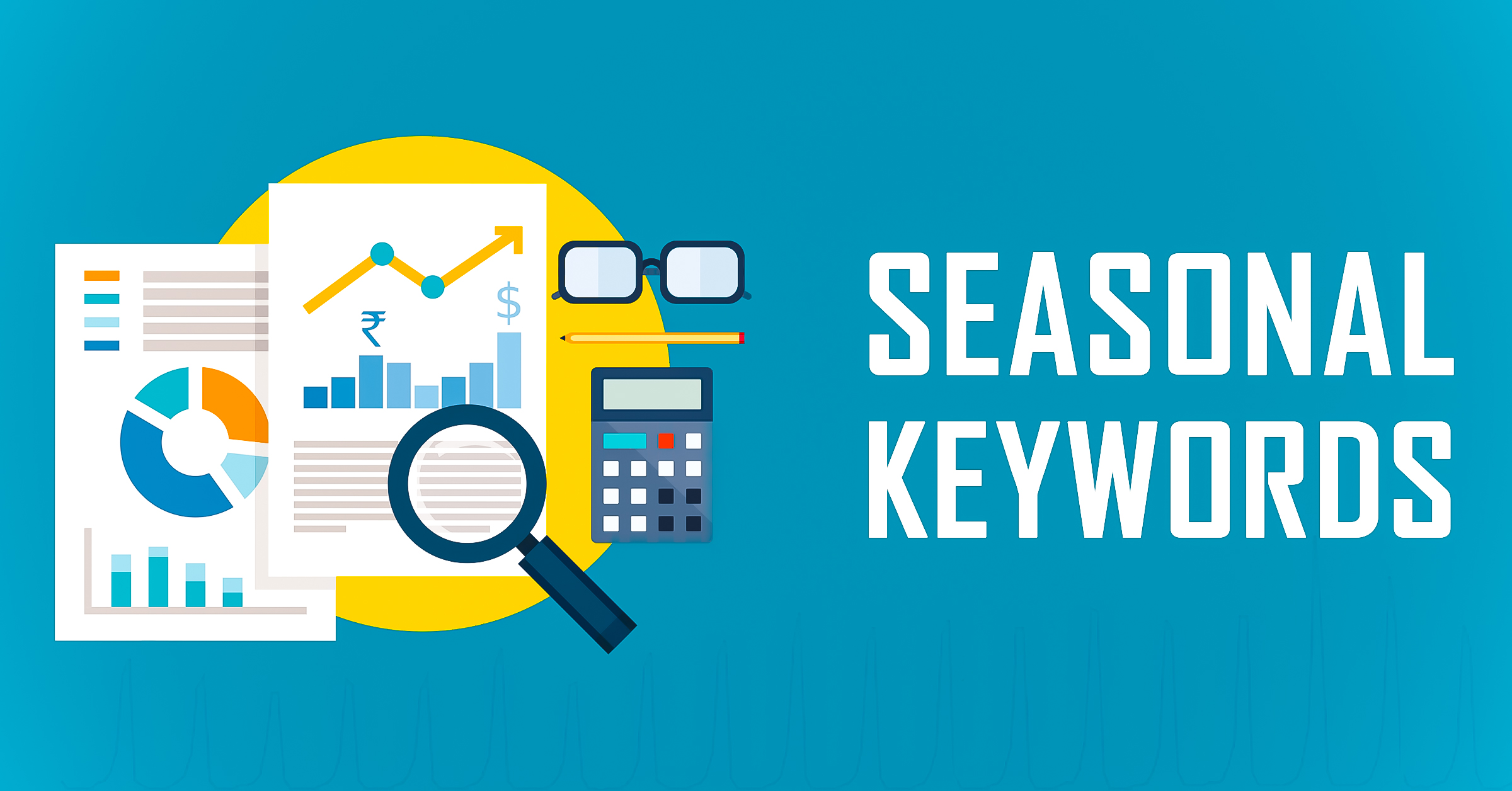
Seasonal keywords are important tools for any business or website looking to attract more visitors during specific times of the year. They are especially useful for reaching customers when they are most likely to be curious about your products or services. By understanding and using seasonal keywords, you can tap into these peak times and boost your online presence.
Definition of Seasonal Keywords
Seasonal keywords are words or sentences that people search for during certain times of the year or around specific events. These keywords are linked to holidays, seasons, and special occasions. For example, someone might search for "Christmas gift ideas" in December.
Examples of Seasonal Keywords
Here are some examples of seasonal keywords:
- "Back-to-school supplies"
These examples show how people’s searches change with the seasons and events.
Advantages of Using Seasonal Keywords
Using seasonal keywords has several benefits:
- Increased Traffic: They help you attract more visitors to your site during high-demand periods.
- Targeted Audience: You can focus on people who are already interested in buying, leading to better conversion rates.
- Enhanced Visibility: They help your site stand out during busy shopping periods.
Best Uses for Seasonal Keywords
Seasonal keywords are best used in scenarios like:
- E-commerce Sales: Perfect for promoting products during holidays or sales events.
- Content Marketing: Use them in blog posts or articles to engage readers looking for timely information.
- Promotions: Ideal for advertising campaigns aimed at specific times like "New Year sales" or "Halloween discounts."
Product Keywords
Product keywords are essential tools in online marketing, directly describing a product or service. These keywords help potential customers find exactly what they are looking for. Let's explore what makes product keywords so useful.
What Are Product Keywords?
Product keywords are precise words or phrases that describe a product or service. They help connect people searching online with what they want to buy.
- Definition: Words that directly describe a product or service.
- Example: If you offer an "SEO content analysis tool," that's a product keyword.
Why Use Product Keywords?
Using product keywords can make your marketing more effective. Here’s why they matter:
- Highly Relevant: These keywords match exactly what people are searching for, making it easier for them to find your product.
- Increased Visibility: When people search for something specific, your product is more likely to appear.
Best Places to Use Product Keywords
Knowing where to use these keywords can help boost your sales. Here are the best places to include them:
- Product Pages: Include these keywords on your product pages. This helps search engines know what you are selling.
- Advertisements: Use them in ads to attract buyers who are looking for your specific product.
Competitor Keywords
Competitor keywords are an integral component of a marketing strategy. They focus on using your competitors' brand names or products in your keywords. Let's explore their benefits and what they are.
What Are Competitor Keywords?

Competitor keywords are phrases that include the names of other brands or their products. These keywords help you capture the attention of users who are researching your competitors.
- Definition: Target words and phrases related to competitors' brands or products.
- Example: If you're comparing SEO tools, a keyword might be "SEMrush vs Ahrefs."
Why Use Competitor Keywords?
Using competitor keywords can give you an edge in attracting potential customers. Here are some reasons why they are advantageous:
- Attracts Users: By targeting these keywords, you can reach users who are actively comparing different brands or products.
- Increase Visibility: Competitor keywords can help your content appear in searches where users are considering alternatives.
Competitor Keyword Best Practices
For competitor keywords to be effective, it's crucial to use them wisely. Here’s how you can effectively incorporate them into your strategy:
- Competitive Analysis: Research and understand what your competitors offer. This allows you to tailor your content to highlight your strengths.
- Conquest Campaigns: Use these keywords in targeted advertising campaigns to directly compete with other brands.
Customer-Defining Keywords
Customer-defining keywords are specific terms that describe a distinct group of people. Businesses can reach their target customers more effectively with them. Let’s explore what these keywords are, their benefits, and how best to use them in marketing.
What Are Customer-Defining Keywords?
These keywords are crafted to represent a particular customer segment. For example, a keyword like "SEO tools for freelancers" clearly specifies a product for independent workers looking for SEO solutions.
- Definition: Words or phrases that identify a specific group of customers.
- Example: "SEO tools for freelancers."
Advantages of Using Customer-Defining Keywords
Using these keywords can significantly improve how you connect with potential customers. Here are some benefits:
- Personalization: Tailor's marketing efforts to the needs and interests of specific demographics.
- Higher Engagement: Attracts the attention of people who are most willing to be interested in your product or service.
- Improved Conversion Rates: By targeting specific groups, you’re more likely to convert interest into sales.
Best Uses for Customer-Defining Keywords
To make the most of customer-defining keywords, focus on niche markets and targeted advertising. This strategic approach ensures your marketing efforts reach the right audience.
- Niche Markets: Perfect for businesses that cater to specialized customer groups.
- Targeted Advertising: Ensures your ads appear to people who are most likely to be interested in your offerings.
Intent-Based Keywords
Intent-based keywords are crucial for creating content that meets the specific needs of users. These keywords are categorized by the user's intent, allowing businesses to better target their audience.
What Are Intent-Based Keywords?
Intent-based keywords are words or phrases that reveal what a user intends to do. They fall into three main categories:
- Informational Keywords: These are used by people looking for information. For example, "Best SEO strategies" indicates a search for knowledge or advice.
- Transactional Keywords: Used by users when they are ready to purchase or make a purchase. An example is "Buy SEO tools."
- Navigational Keywords: These are used when searching for a specific website. For example, "Facebook login page."
Examples of Intent-Based Keywords
Understanding examples helps in easily identifying the intent behind keywords:
- Informational: "How to bake a cake"
- Transactional: "Purchase running shoes online"
- Navigational: "YouTube homepage"
Advantages of Using Intent-Based Keywords
Using these keywords brings several benefits:
- Relevance: Align your content with what users are looking for, making it more relevant.
- Better Engagement: When users find what they need, they're more likely to stay on your page.
- Improved SEO: Search engines prioritize content that matches user intent.
Best Use Cases for Intent-Based Keywords
These keywords are particularly useful in certain scenarios:
- SEO Campaigns: Tailor your content to match user intent for higher search rankings.
- Paid Ads: Use the right keywords to target the right audience with your ads.
Long-Term Evergreen Keywords
Long-term evergreen keywords are terms that remain important and useful over time. These keywords don't lose their charm and continue to drive traffic to your site.
What Are Long-Term Evergreen Keywords?
- Definition: Keywords that maintain their relevance indefinitely.
- Example: "SEO tips for beginners" is a keyword that stays relevant as new users continuously look for guidance.
Why Use Long-Term Evergreen Keywords?
Using these keywords has many benefits. They help ensure that your content remains useful for a long time after it has been published.
- Consistent Traffic: They keep bringing people to your site throughout the year, not just during specific times.
- Sustained Engagement: As these topics stay important, readers will keep engaging with your content.
Best Uses for Long-Term Evergreen Keywords
These keywords are perfect for content that aims to last and be relevant over time, such as:
- Blog Content: Articles that offer timeless advice or tips.
- Guides: In-depth resources that provide lasting value to readers.
Fresh Keywords
In the ever-changing world of online content, fresh keywords play a vital role. They help capture the attention of people interested in the latest news and trends. These keywords are essential for staying relevant and driving traffic to your content.
Definition
Fresh keywords are words or phrasings that are linked to current events or trends. They are used to catch the interest of people who are looking for the latest information.
Example
An example of a fresh keyword is "SEO updates 2024." This keyword is related to recent changes in search engine optimization that people are eager to learn about.
Advantages
Using fresh keywords has several benefits:
- Capture Attention: They attract people who are looking for up-to-date information.
- Increase Traffic: They help bring short-term spikes in website traffic.
- Stay Relevant: They keep your content current and engaging.
Best Use
Fresh keywords are best used in:
- News Articles: They help highlight the latest events and updates.
- Trending Topics: They ensure your content is part of popular conversations and discussions online.
Negative Keywords

Negative keywords are essential for anyone running a paid search campaign. By doing this, you can make sure your ads are reaching the right people and aren't wasted on irrelevant clicks.
What Are Negative Keywords?
It is important to add negative keywords to your advertising campaigns to prevent your ads from showing up in searches that aren't relevant to your business.
- Purpose: To filter out unwanted traffic.
- Example: Excluding the word "free" when you want people looking to "buy SEO tools."
Why Use Negative Keywords?
Using negative keywords can greatly improve the efficiency of your ad campaigns. Here’s how:
- Saves Money: By stopping irrelevant clicks, you save money on ads that won't convert.
- Improves Targeting: Ensures your ads are seen by people who are more likely to be attracted to them.
Best Practices for Implementing Negative Keywords
Proper use of negative keywords can make a big difference in the success of your paid search campaigns.
- Regular Updates: Keep an eye on search terms and update your list regularly.
- Analyze Performance: Use analytics to see which keywords aren’t performing and adjust accordingly.
Conclusion
Mastering the diverse world of keywords is like having a superpower in digital marketing. By leveraging various keyword types, you can craft a well-rounded SEO strategy that attracts, engages, and converts your target audience.
Remember, the key to success is continuous keyword research and analysis. It's an ongoing journey, not a one-time task.
Experiment, follow trends, and let your creativity flow as you refine your approach. With the right combination of keywords, you'll reach your audience and resonate with them, building a strong digital presence that lasts.


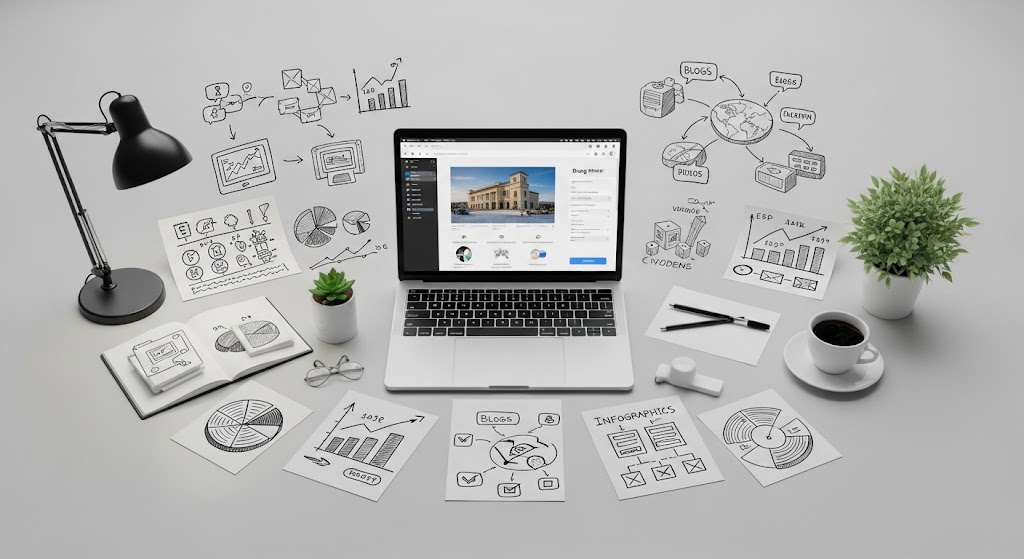
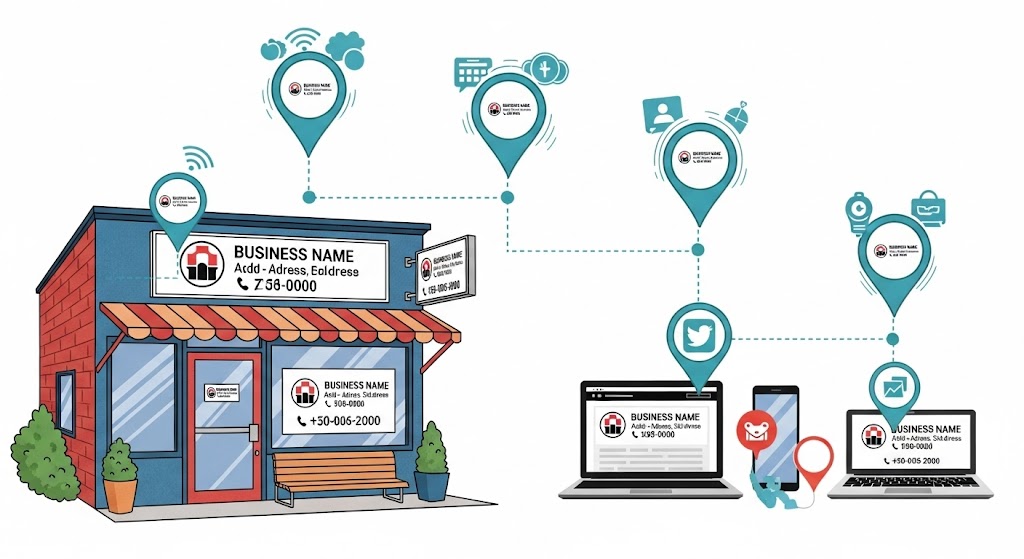


![Off-Page SEO: Importance & Five Techniques [Must Follows]](https://rankegg.com/wp-content/uploads/2025/06/What-Is-Off-Page-SEO-1-1.png)





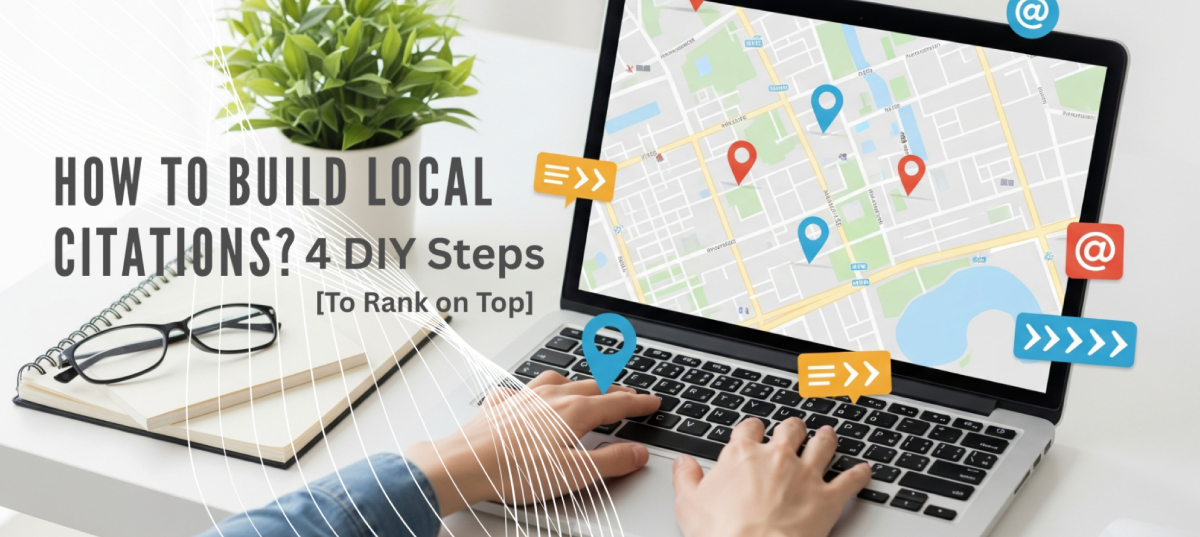
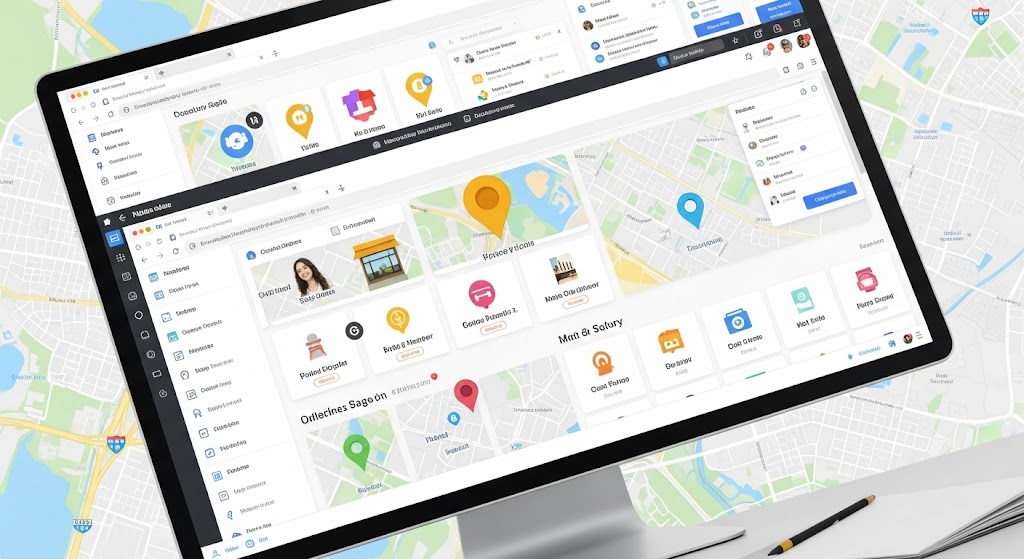
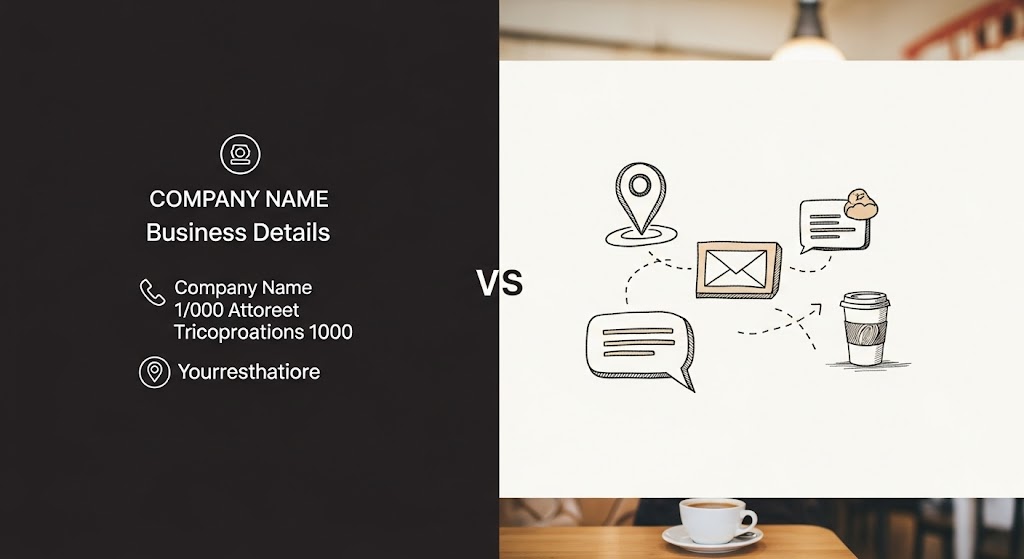
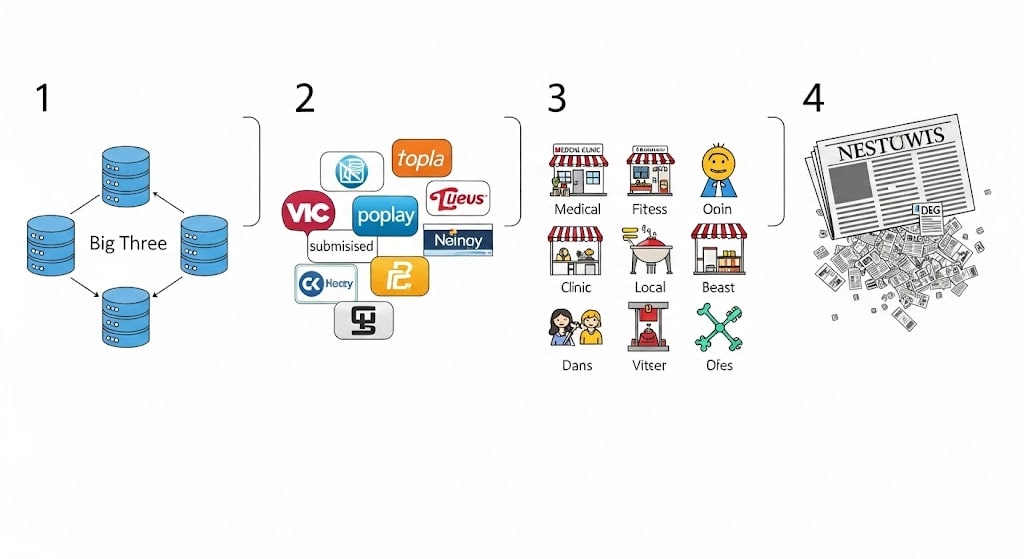



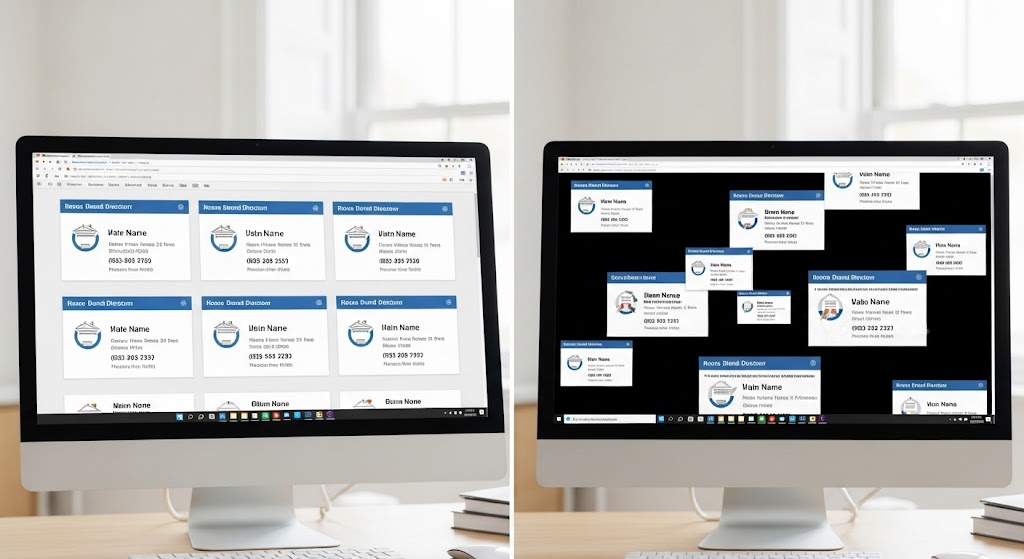
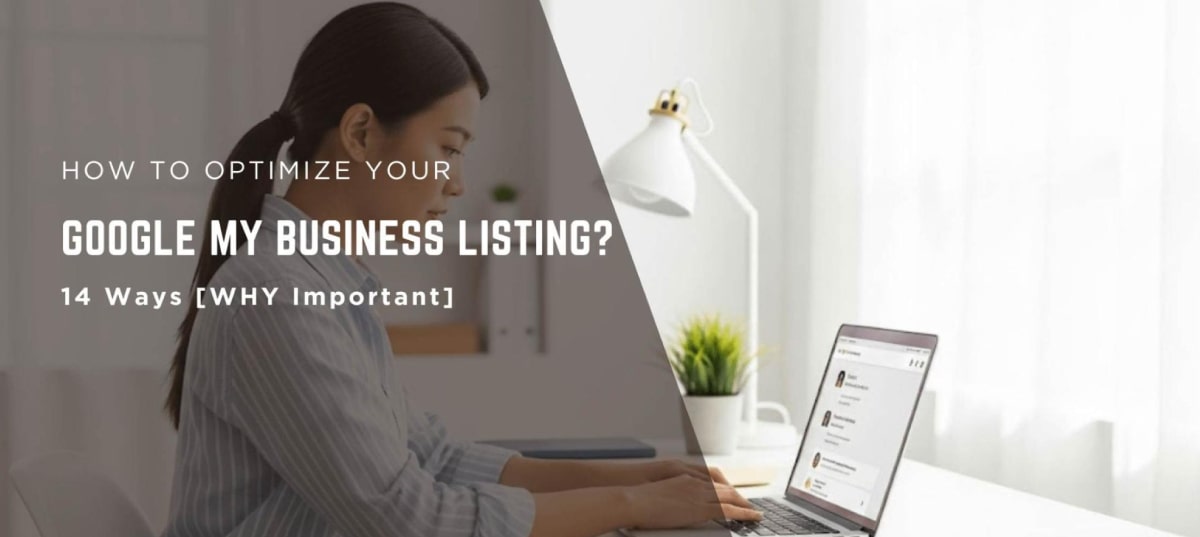
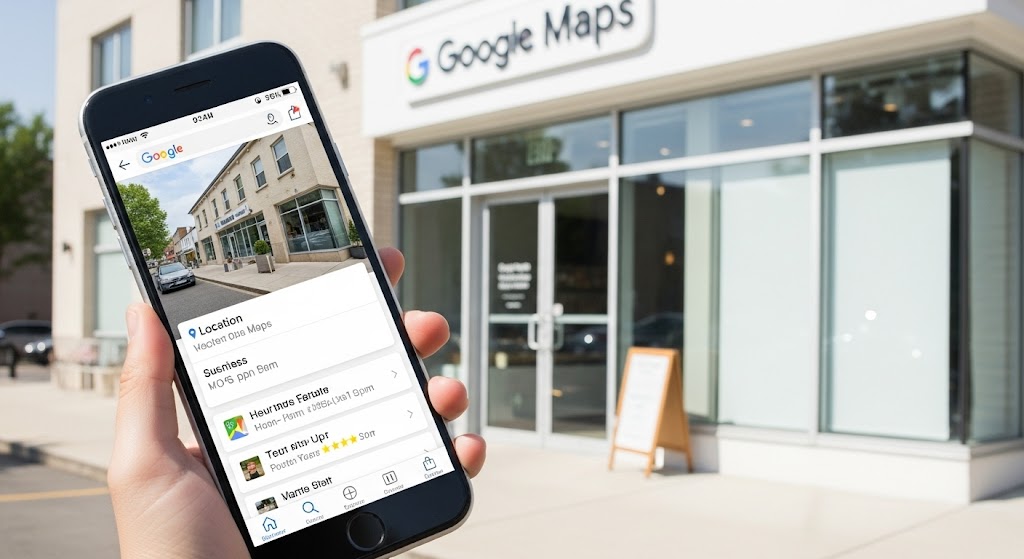
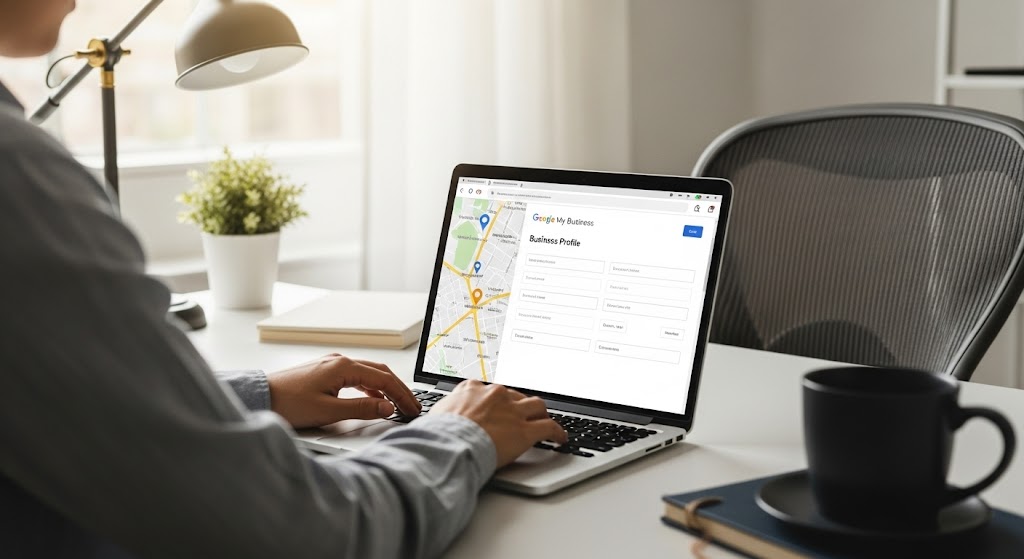





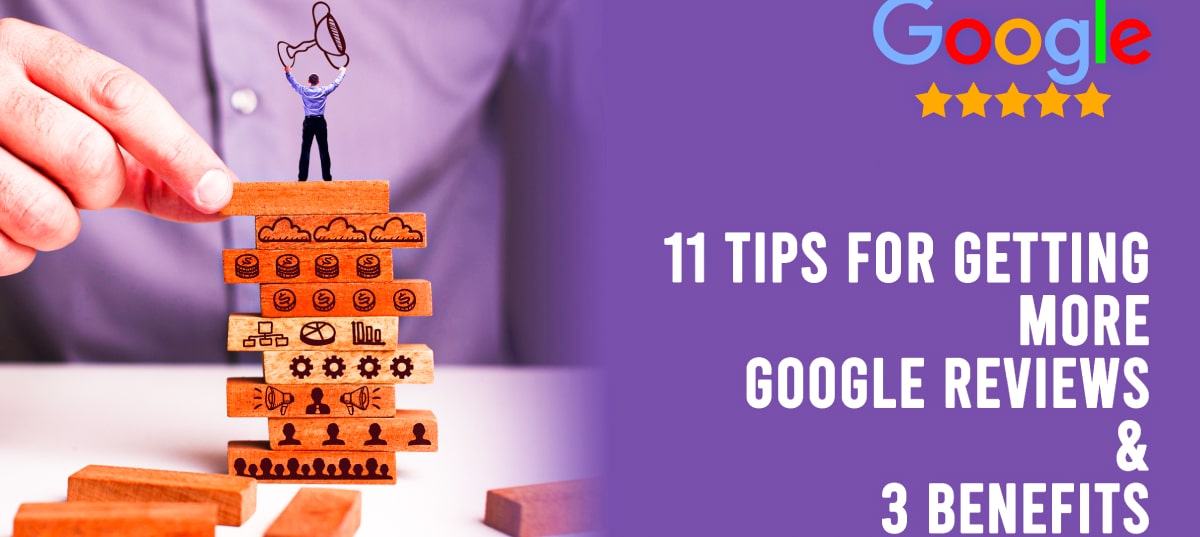
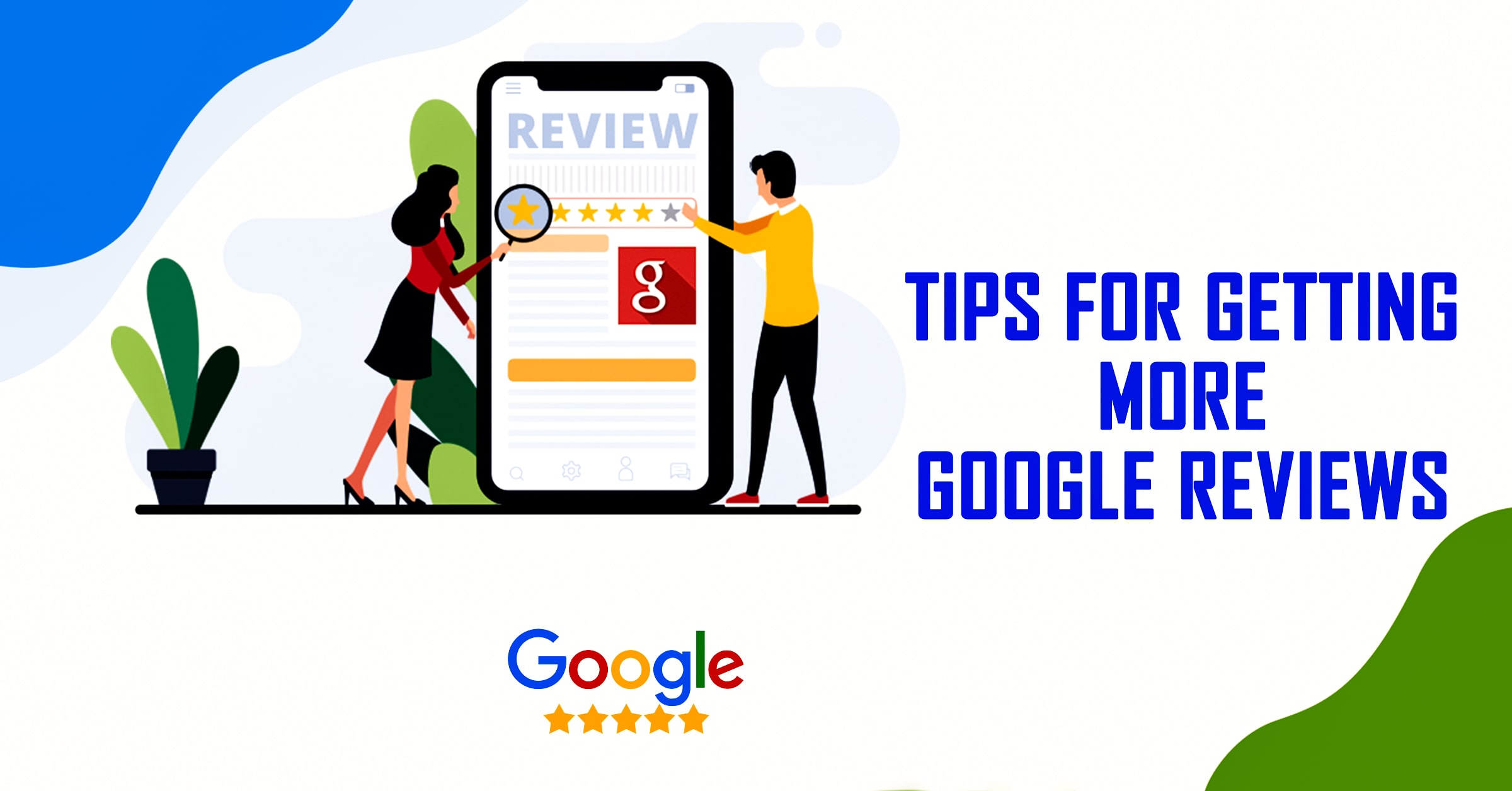


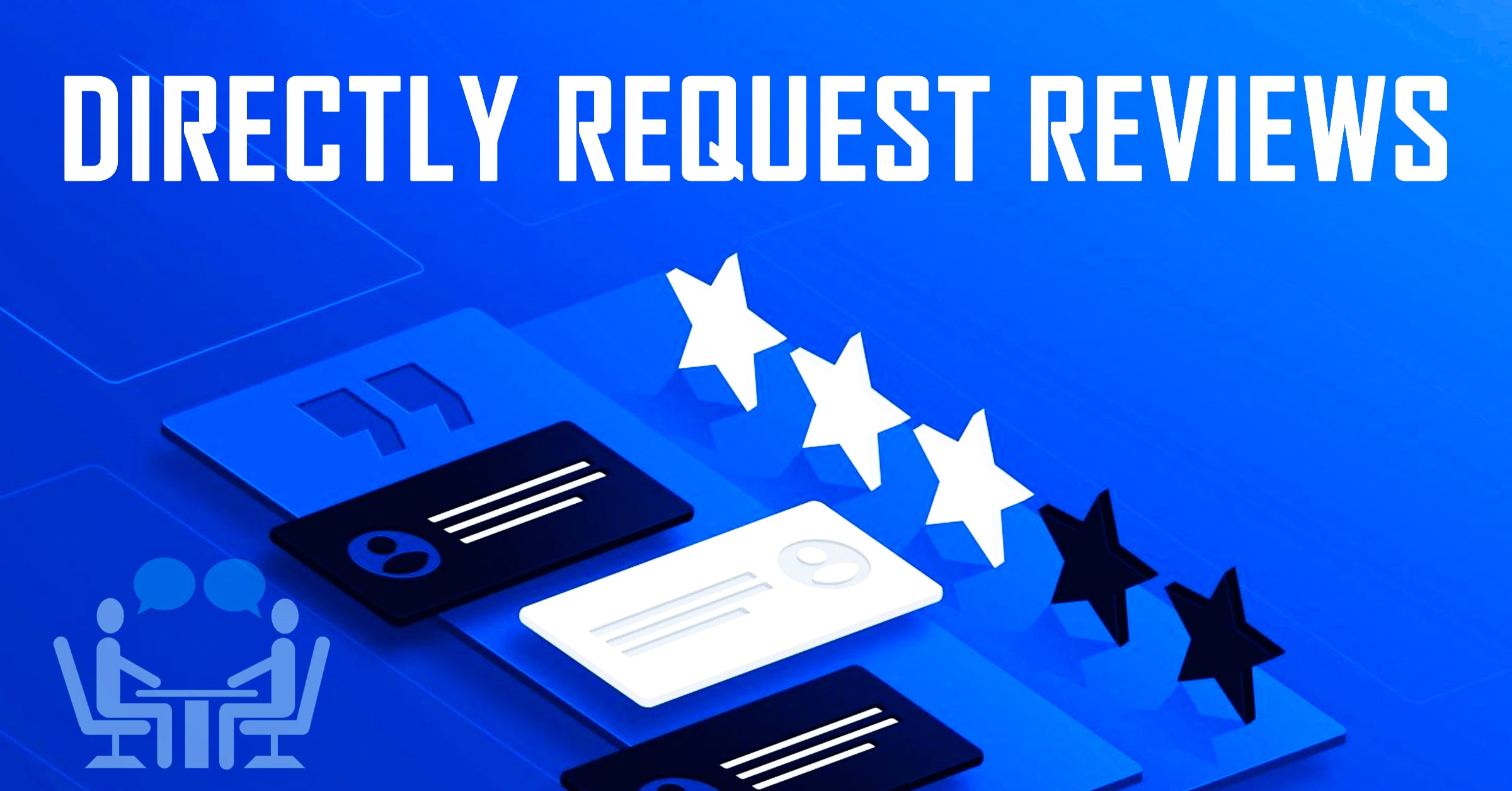



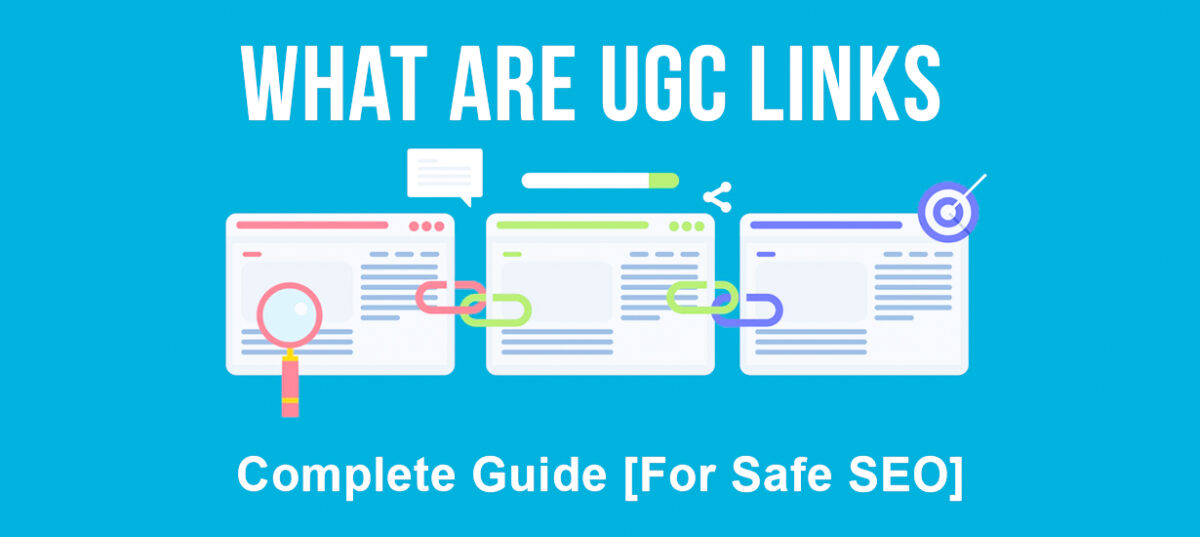
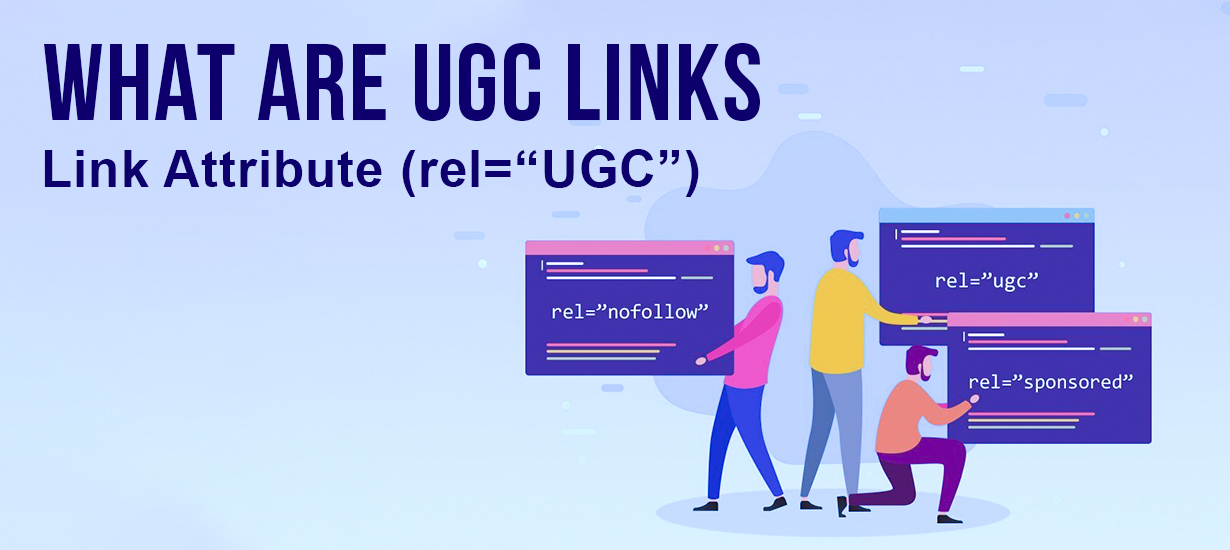
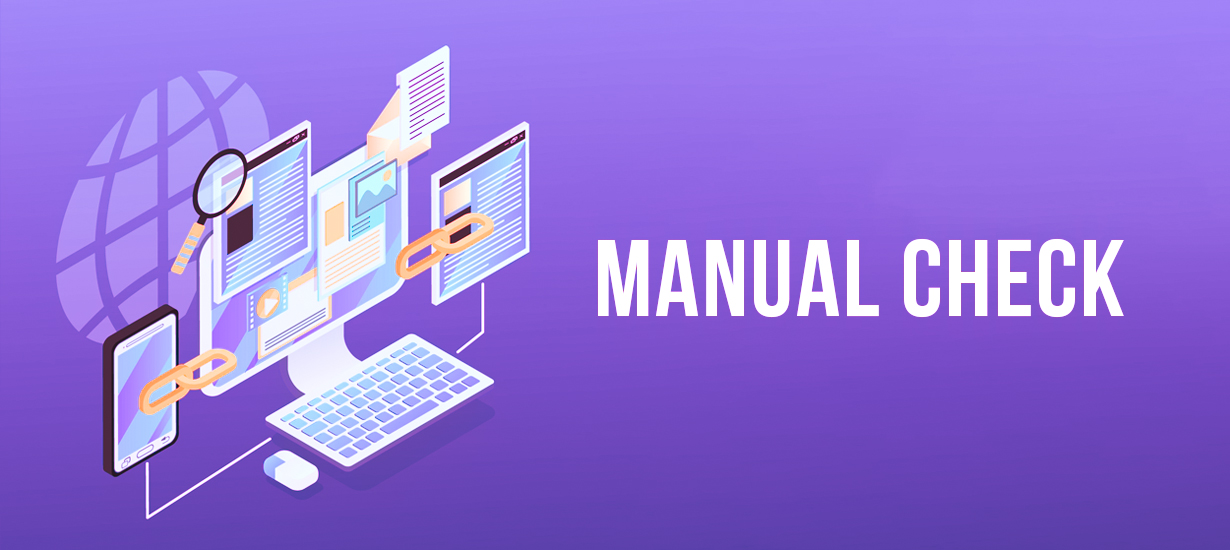



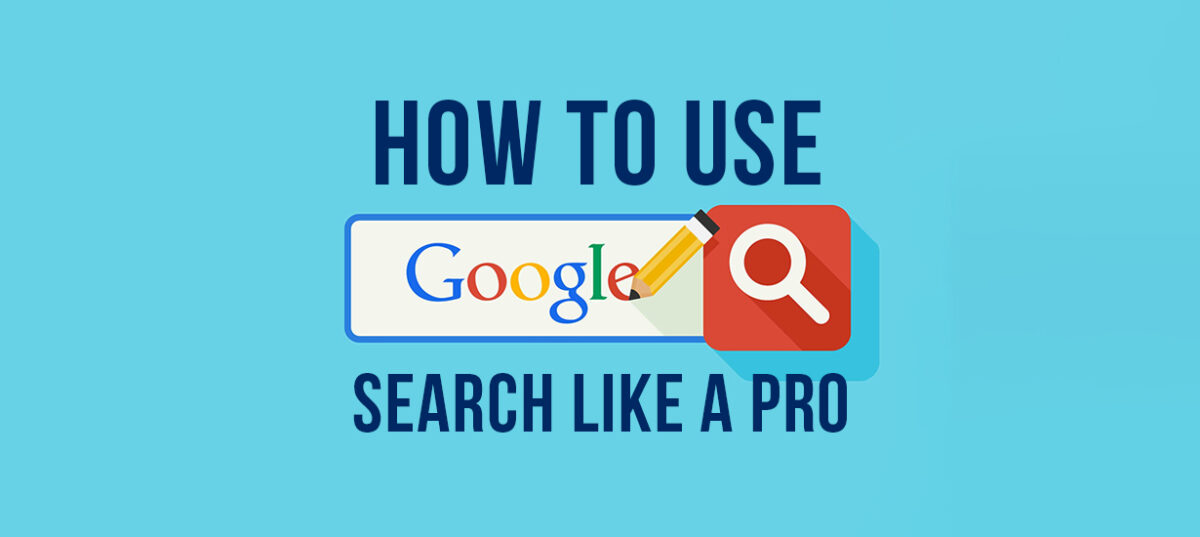
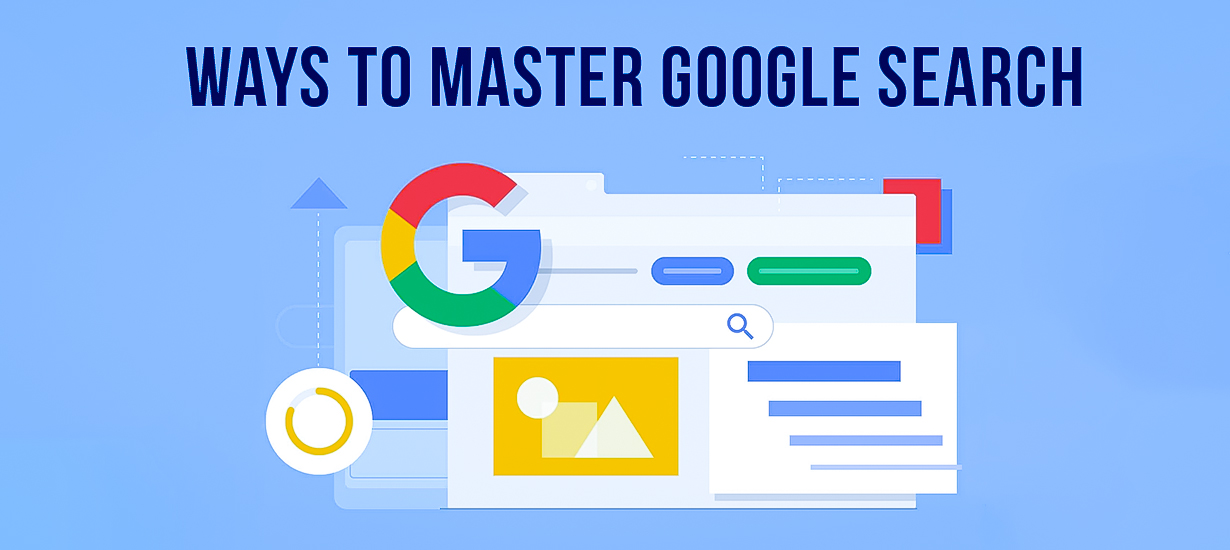
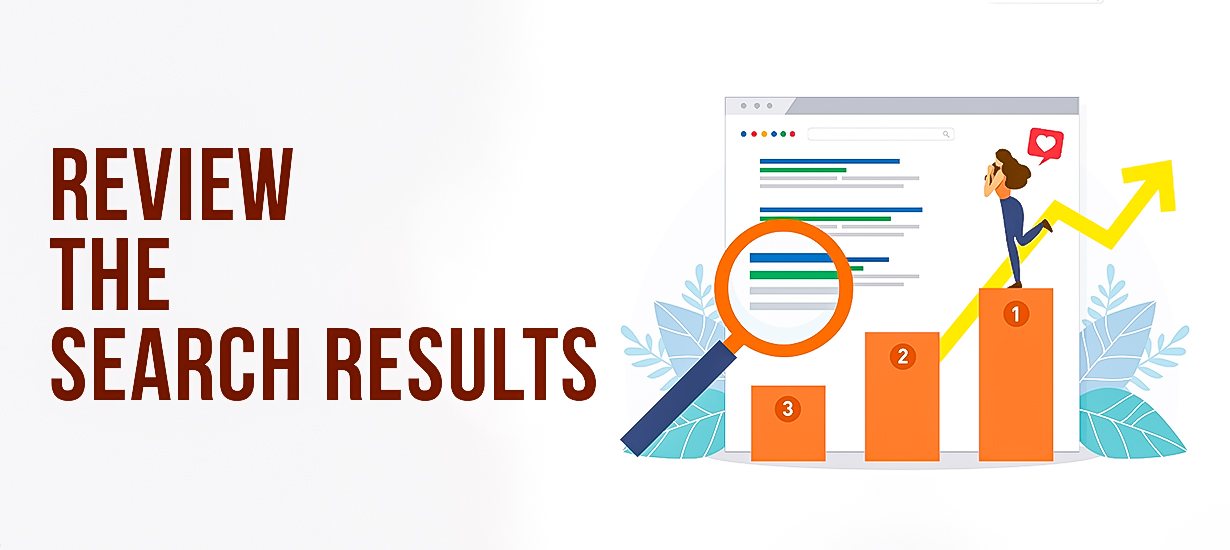

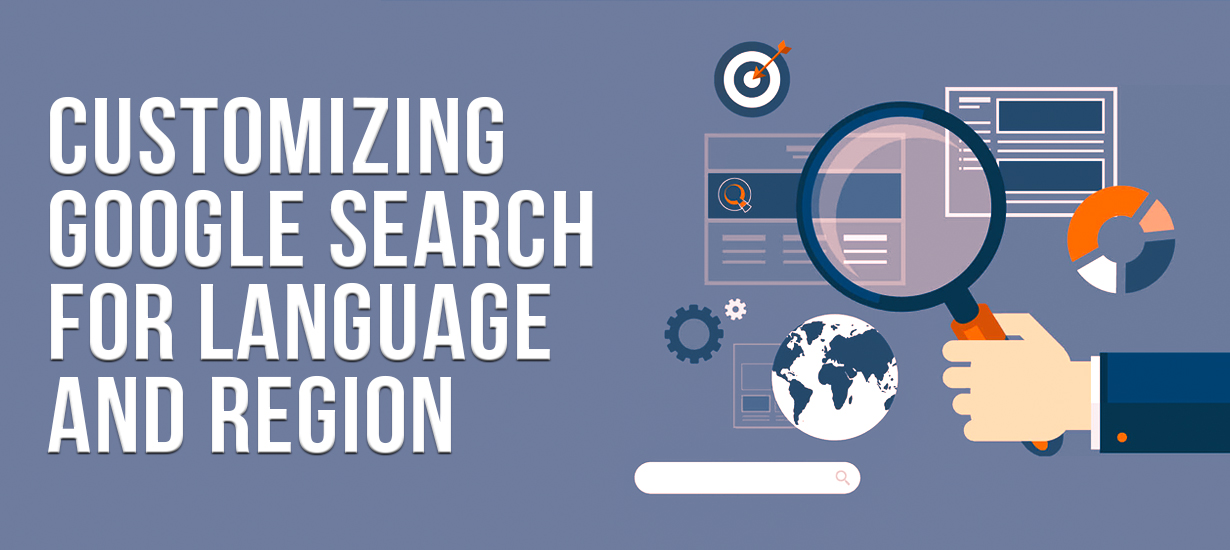


![Types Of Keywords: 21 Categories & Usage [For Success]](https://rankegg.com/wp-content/uploads/2024/10/feature-image-type-21-1200x537.jpg)









